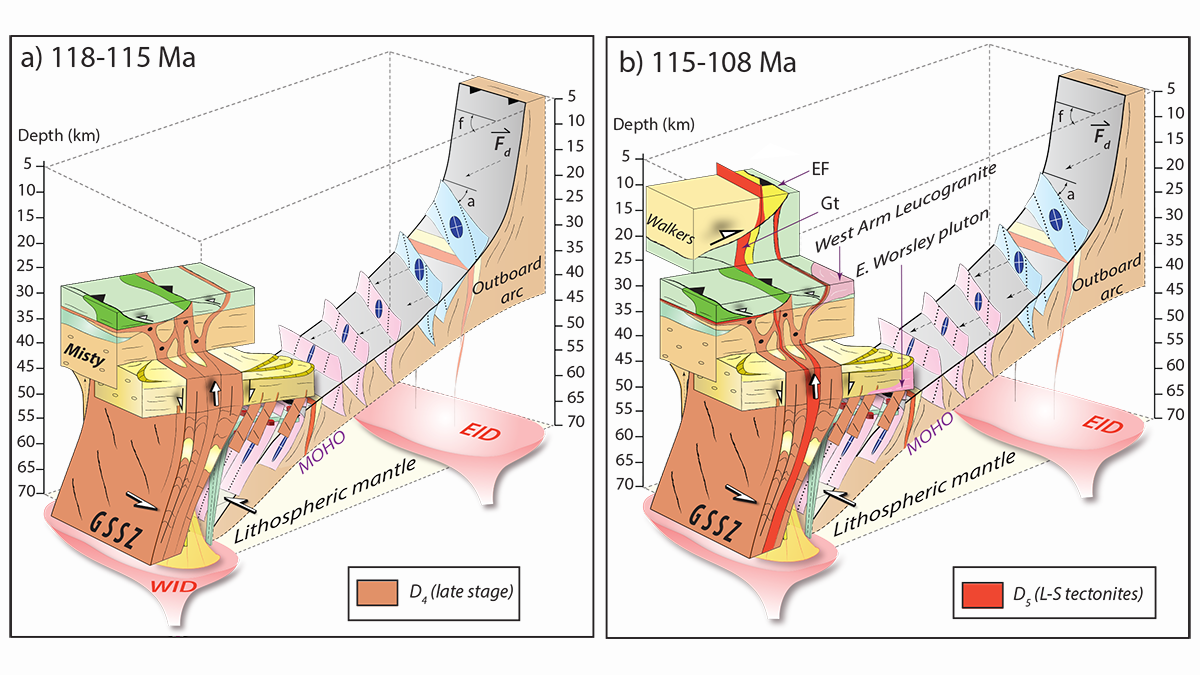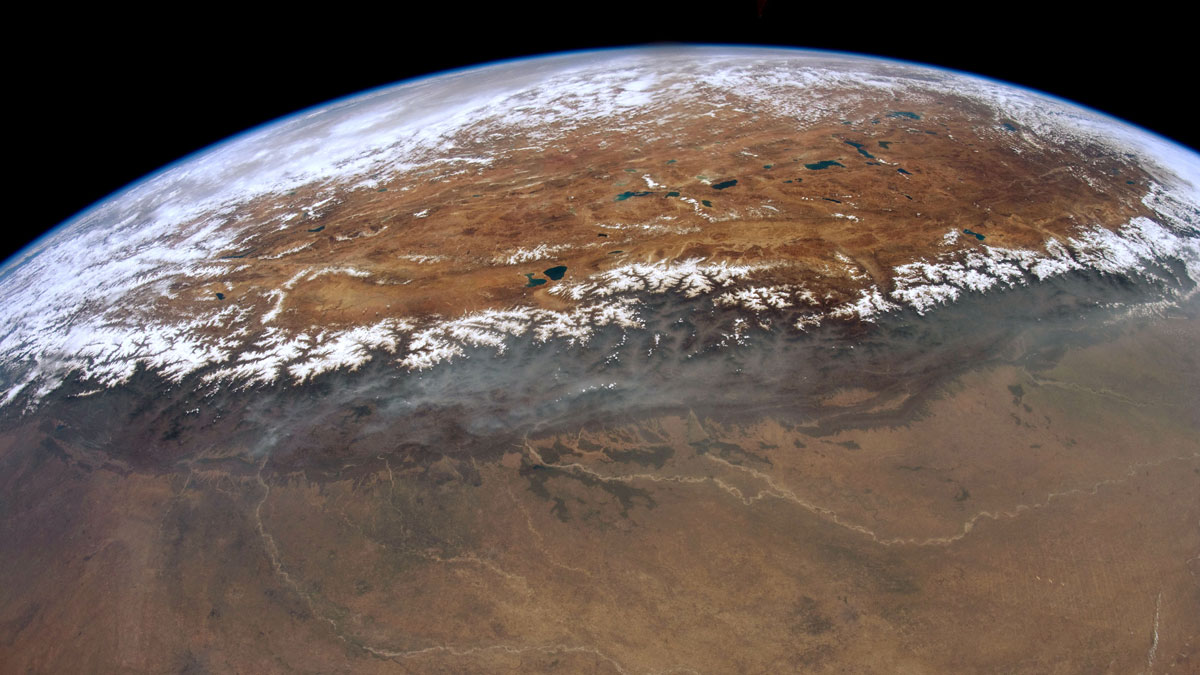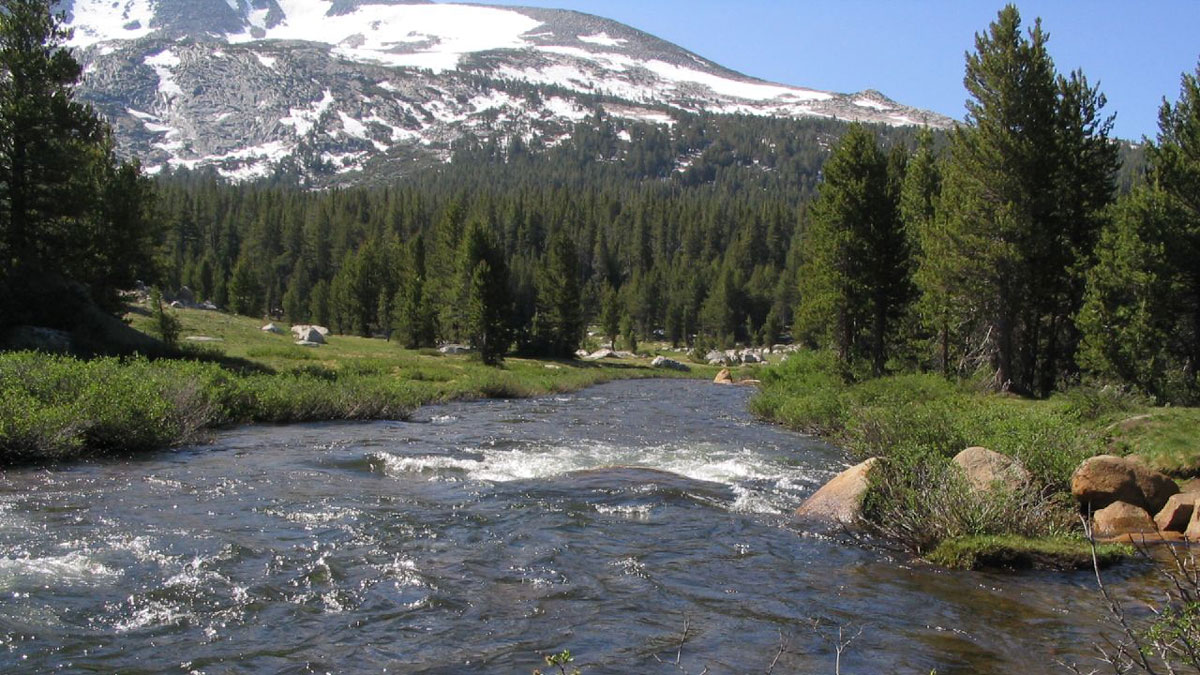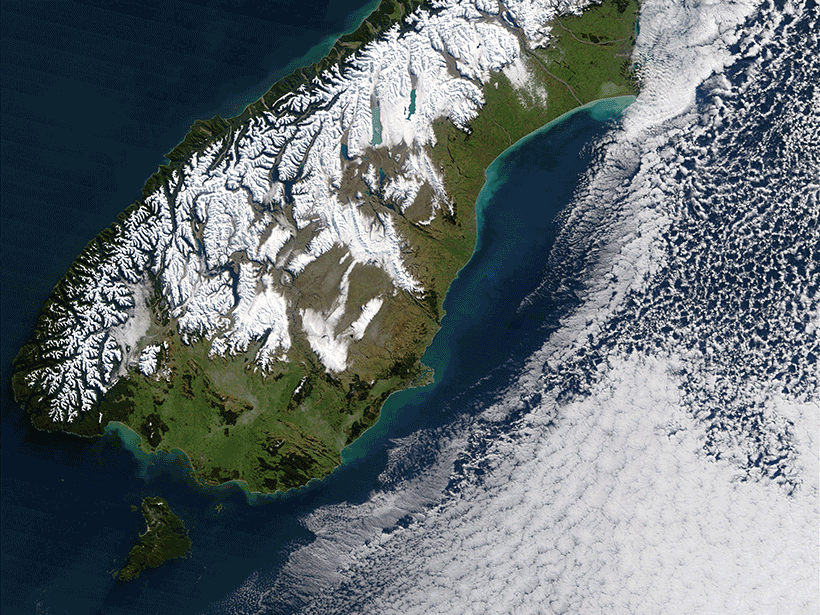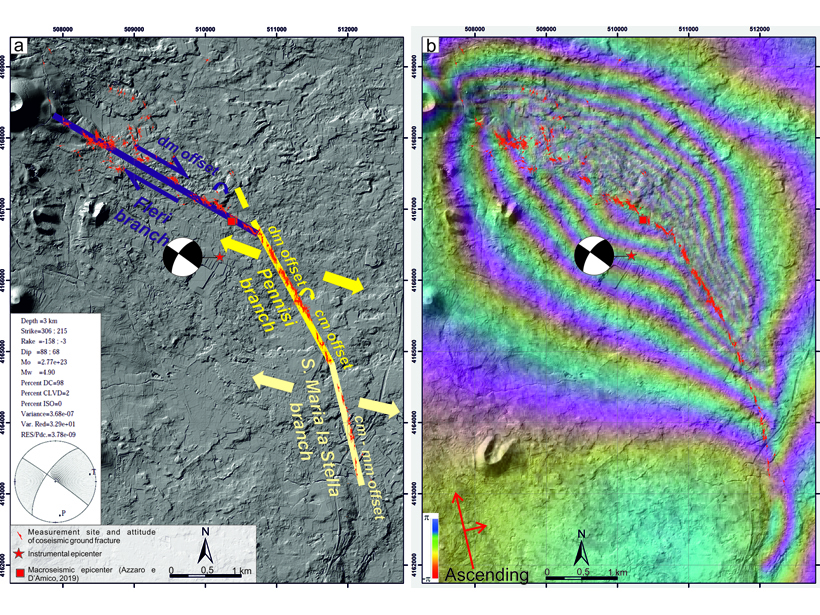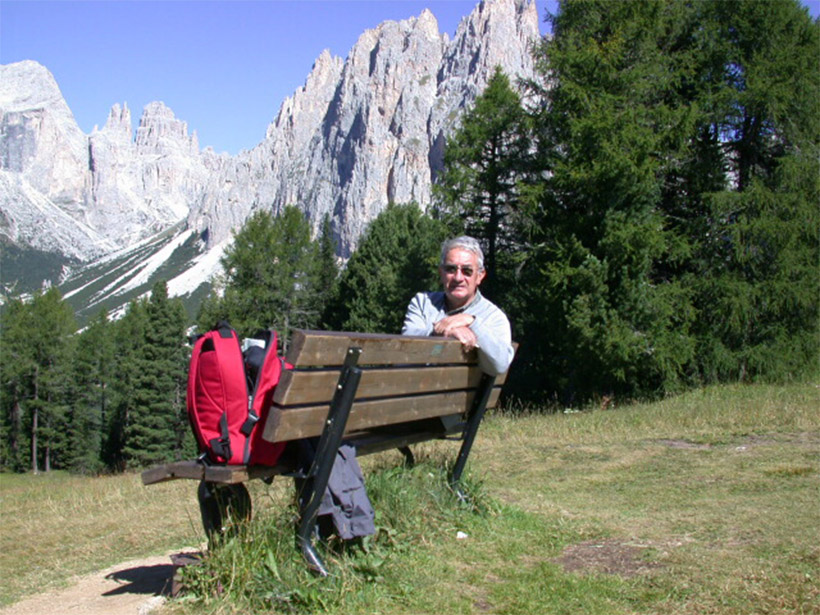What caused a tsunami 30,000 times more powerful than the December 26, 2004 Indian Ocean tsunami? A new modeling study says this was one of the results from the Cretaceous Chicxulub asteroid impact.
Tectonics
Feedbacks Between Deformation and Magmatism as Shear Zones Grow
New research reveals how the presence and absence of magmatism governs how shear zones initiate, grow, and reactivate to connect lower and upper crustal deformation.
Uncovering the Formation of the Western Nepal Embayment
Using thermokinematics, researchers have found that crustal accretion along the megathrust at mid-lower crustal depths shapes plateau growth and regional drainage development.
What Drives Hillslope Connectivity?
Hillslopes play a critical role in linking ecosystems. Understanding the forces that drive their connections can help us to better understand adaptation in the face of climate change.
Volcano—Tectonic Interactions at Etna
Mapping of a 2018 earthquake that ruptured the eastern flank of Mount Etna shows that it occurred on a tectonic lineament that predates the volcano, and the kinematics match nearby tectonic domains.
Renato Funiciello, an Inspiration to Modern Geology in Italy
A special collection in Tectonics on geodynamics in the Mediterranean region celebrates the life and work of the renowned Italian geologist Renato Funiciello.
Subduction Initiation May Depend on a Tectonic Plate’s History
New seismic imaging study of the Puysegur Trench aims to solve one of the last major questions in plate tectonics.
A Closer Look at the Creation of a Metamorphic Sole
Detailing the development of the metamorphic sole beneath the Oman–United Arab Emirates ophiolite provides insight into subduction zone processes.
Past Climate Change Affected Mountain Building in the Andes
Increased glaciation in the North Patagonian Andes may have influenced tectonic dynamics over the past 7 million years, suggesting a connection between climate change and mountain-building processes.


